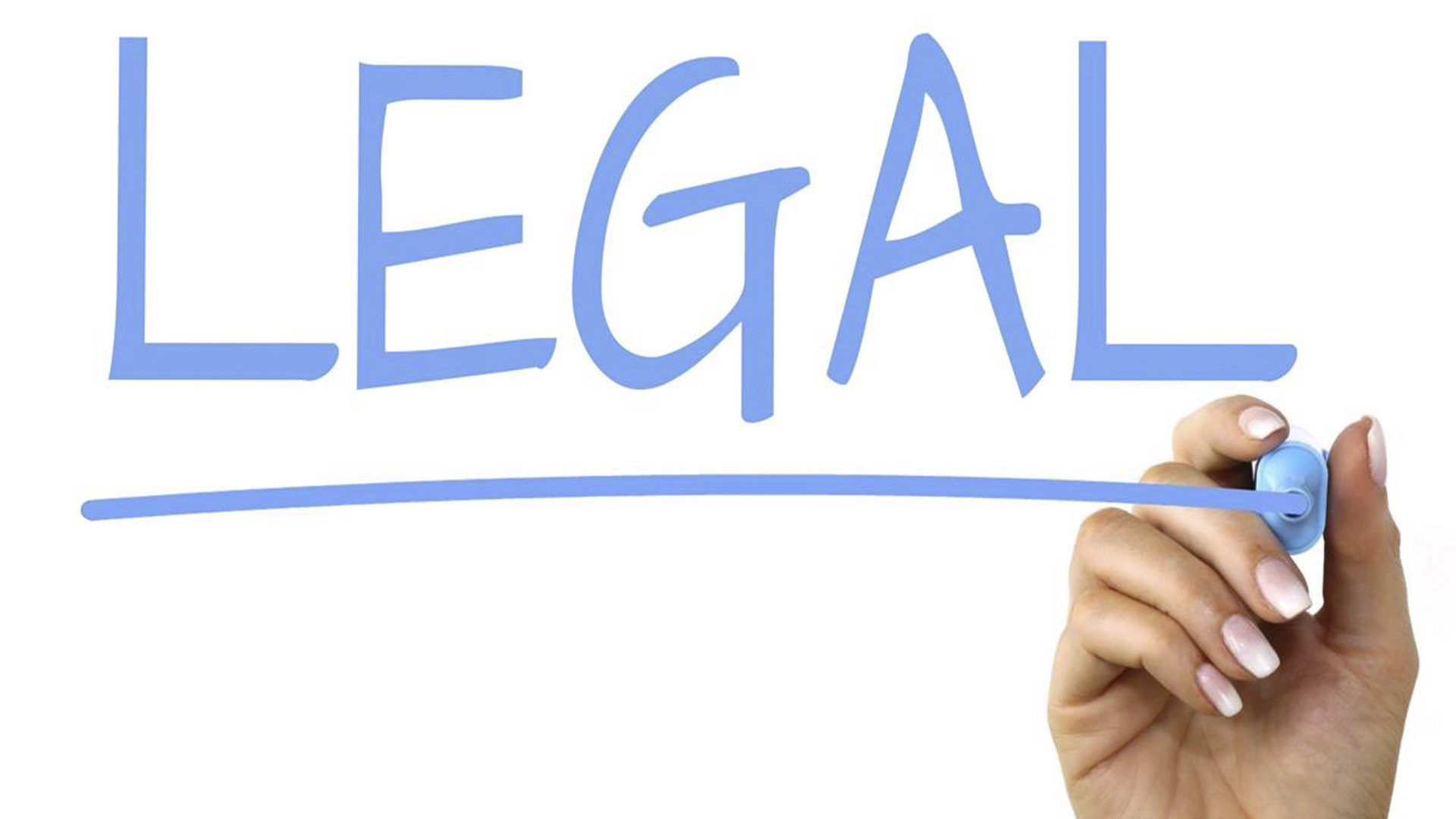Similarities and Differences between the UETA and ESIGN Act
In the US, UETA and ESIGN Act were put in place to govern the application of eSignatures. Their main role is to make transactions a lot simpler and quicker.

Nowadays, electronic signature laws allow signing documents with eSignatures as a credible method for business transactions. So, to recognize an eSignature under US law, it must adhere to the major requirements outlined in the UETA and ESIGN Act.
Read on to discover more about the two main laws that regulate the eSignatures in the US.
UETA Came Before ESIGN
The UETA was passed by the National Conference of Commissioners on Uniform State Laws in 1999. In other words, it was the predecessor of the ESIGN legislation passed in 2000.
The UETA Act is a state law providing a framework that established the legality of eSignatures for commercial and government transactions. However, the UETA regulation has been adopted by 47 states in the US (excluding New York, Washington, and Illinois). The US Virgin Islands, the District of Columbia and Puerto Rico have also adopted the regulation.
While the ESIGN Act and UETA have many similarities, certain differences make them distinct from each other.
Similarities Between the Two US eSignature Acts
Both laws focus on establishing the eSignature as a legally binding version of the pen-on-paper signed document. They state that a signature “will not be denied their effect, validity and legal enforceability for the fact of being in electronic format.”
An eSignature will be valid in court only if the signer has the intention to sign. Additionally, both laws mention the obligation that information on the signature is available for all parties involved in the transaction. Hence, the eSignature is valid only when the signer can access it, store it, etc.
Differences Between UETA and ESIGN Act
ESIGN law is a federal act, thereby implying its influence on matters related to the different States. Congress passed the ESIGN Act in 2000. It was supposed to resolve the concerns of conflicts between eSignature laws in different states.
On the other hand, UETA is adopted on a state-by-state basis, thereby suggesting that individual states can accept or reject the guidelines in the regulation.
Unlike ESIGN, the UETA implies that the context and the circumstances define the legal validity of an agreement.
In the majority of cases of conflict between the UETA and the ESIGN regulations, the state law would hold the top hand. In conclusion, ESIGN suggests that state laws don’t have to follow the precedents of federal law exactly. However, the states are required to provide equivalent legislation for protecting eSignatures.
DigiSigner, Legally Binding in the United States
DigiSigner complies with both requirements established by the United States laws. Our audit trail contains electronic evidence of the online signing process – email addresses, geolocation data, and IP addresses. In fact, the existence of the audit trail acts as a registration in the process.
Above all, the parties involved receive copies of each signed document at the end of that transaction. Therefore, everyone with access to the document can store it, save it as PDF, or print it.
Finally, the improved level of attribution and record integrity will allow your clients to have even greater faith in the electronic records.
Get your electronic signature FREE trial now.



